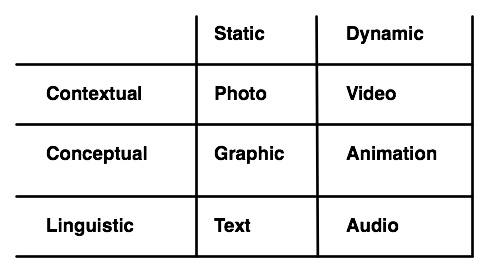While I haven’t been talking much about wisdom and slow-learning of late, they’ve not dropped off my radar. Jay Cross was kind enough to loan me his copy of In Praise of Slowness, a book that tours not only slow food, but also slow health, slow cities, slow work, even slow sex! It’s an inspiring read, with a strong argument for the benefits of slowing down for individuals, families, organizations, and society. These thoughts are slowly percolating into my life (sorry, couldn’t resist).
Similarly, there was a new comment on my old Learning Wisdom post, and I see that the thoughts continue to circulate among those who are looking a little further out. It looks like I’ll be speaking at the Danish Research Network‘s yearly conference in November (let me know if you’re interested in meeting with me while I’m there), and I’m going to use the themes of wisdom and magic to weave a story about the future possibilities for learning and technology.
So, while I’m not actively promoting them (my immediate focus is elearning strategy and mobile learning), I’m still advocating and investigating slow learning and wisdom as personal and organizational goals. We learn deepest when we learn slowly, we learn best when we take time to reflect, and we become the best we can be when we look towards being wise over time, not just smart in the moment.


